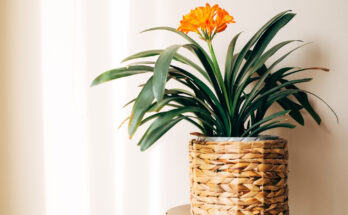Make Your Yard More Private With One Gorgeous Pollinator-Friendly Solution
If you consider your yard a private sanctuary, constant prying eyes and passing cars can be a major frustration. While you may not enjoy nosy neighbors peering into your yard and interrupting your privacy, visits from charming pollinators are a different, and far more welcome, story. Fortunately, creating a hedge with one stunning native plant will both increase your yard’s privacy and attract more bees and butterflies. The stunning meadowsweet (Spirea alba) shrub makes a perfect privacy hedge and is also a pollinator magnet.
Meadowsweet is native to the Eastern and Midwestern United States and is hardy in zones 3 through 7. While there are a wide variety of excellent hedges to plant for privacy in your yard, not many of them are as popular with pollinators as meadowsweet. It doesn’t just attract a variety of pollinators and even songbirds with its beautiful blooms; it’s also a host plant for spring azure butterflies. And because meadowsweet shrubs generally grows to a size of around 4 feet by 4 feet, planting a row of them can create a perfect privacy hedgerow.
Caring for a meadowsweet hedge
Meadowsweet thrives in full to part sun locations and is tolerant of a range of soil types and textures, though it can’t handle alkaline conditions. It is also able to flourish in wetter soil, where other shrubs may struggle.
While you can buy meadowsweet shrubs as young plants, they also grow well from seed. Just be sure to buy native meadowsweet and not one of the invasive species in the Spirea genus. If you do decide to grow a meadowsweet hedge in your yard, be aware that you may have to wait around three years before your plants start flowering. Meadowsweet, like many perennials, takes a few years to mature. It’s more than worth the wait though considering the beauty the blooms and the pollinators they’ll attract. Meadowsweet is also a perfect alternative if you’ve previously been using invasive privacy plants like privet for your hedge and want to change them out for more pollinator friendly native plants.


